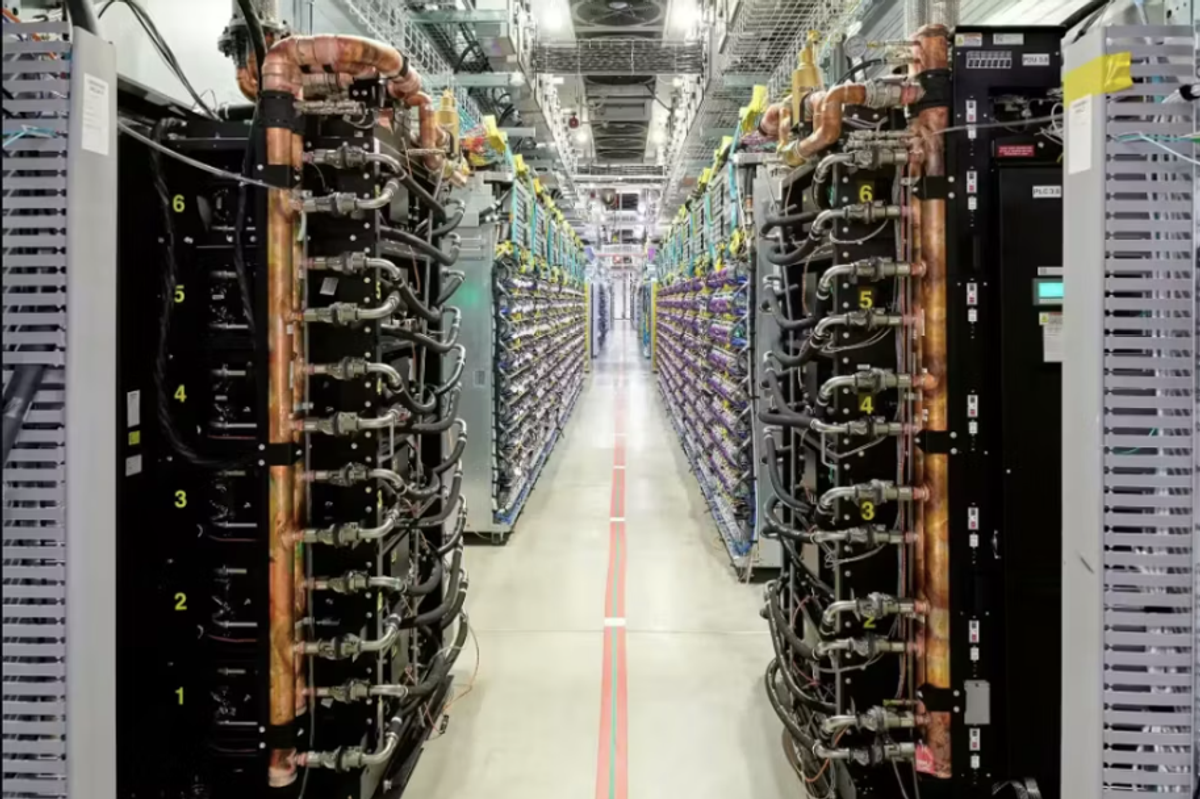Growing Houston biotech company expands leadership as it commercializes sustainable products
onboarding
Houston-based biotech company Cemvita recently tapped two executives to help commercialize its sustainable fuel made from carbon waste.
Nádia Skorupa Parachin came aboard as vice president of industrial biotechnology, and Phil Garcia was promoted to vice president of commercialization.
Parachin most recently oversaw several projects at Boston-based biotech company Ginkjo Bioworks. She previously co-founded Brazilian biotech startup Integra Bioprocessos.
Parachin will lead the Cemvita team that’s developing technology for production of bio-manufactured oil.
“It’s a fantastic moment, as we’re poised to take our prototyping to the next level, and all under the innovative direction of our co-founder Tara Karimi,” Parachin says in a news release. “We will be bringing something truly remarkable to market and ensuring it’s cost-effective.”
Moji Karimi, co-founder and CEO of Cemvita, says the hiring of Parachin represents “the natural next step” toward commercializing the startup’s carbon-to-oil process.
“Her background prepared her to bring the best out of the scientists at the inflection point of commercialization — really bringing things to life,” says Moji Karimi, Tara’s brother.
Parachin joins Garcia on Cemvita’s executive team.
Before being promoted to vice president of commercialization, Garcia was the startup’s commercial director and business development manager. He has a background in engineering and business development.
Founded in 2017, Cemvita recently announced a breakthrough that enables production of large quantities of oil derived from carbon waste.
In 2023, United Airlines agreed to buy up to one billion gallons of sustainable aviation fuel from Cemvita’s first full-scale plant over the course of 20 years.
Cemvita’s investors include the UAV Sustainable Flight Fund, an investment arm of Chicago-based United; Oxy Low Carbon Ventures, an investment arm of Houston-based energy company Occidental Petroleum; and Japanese equipment and machinery manufacturer Mitsubishi Heavy Industries.










